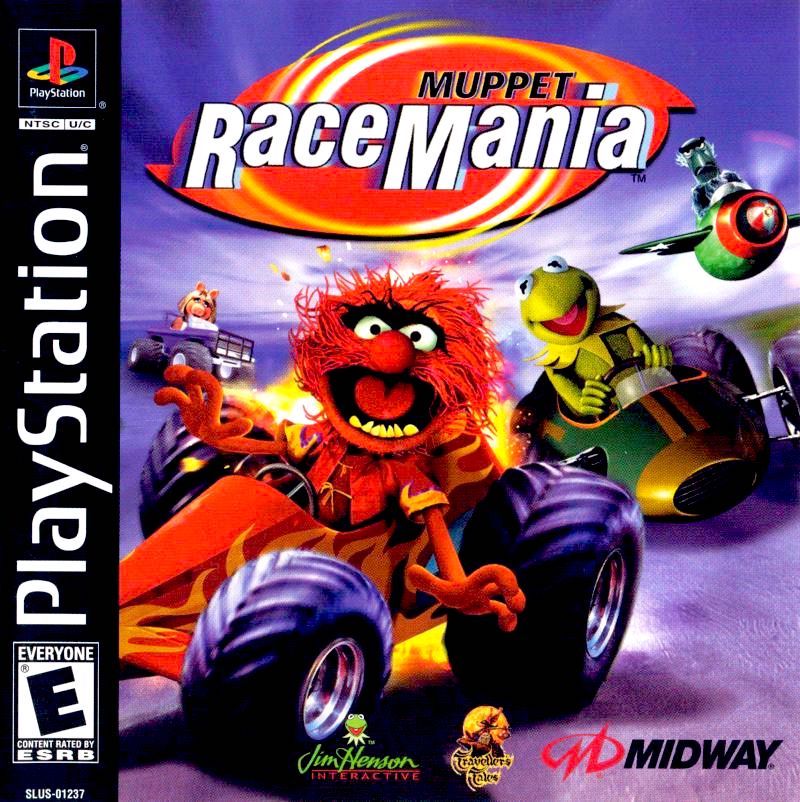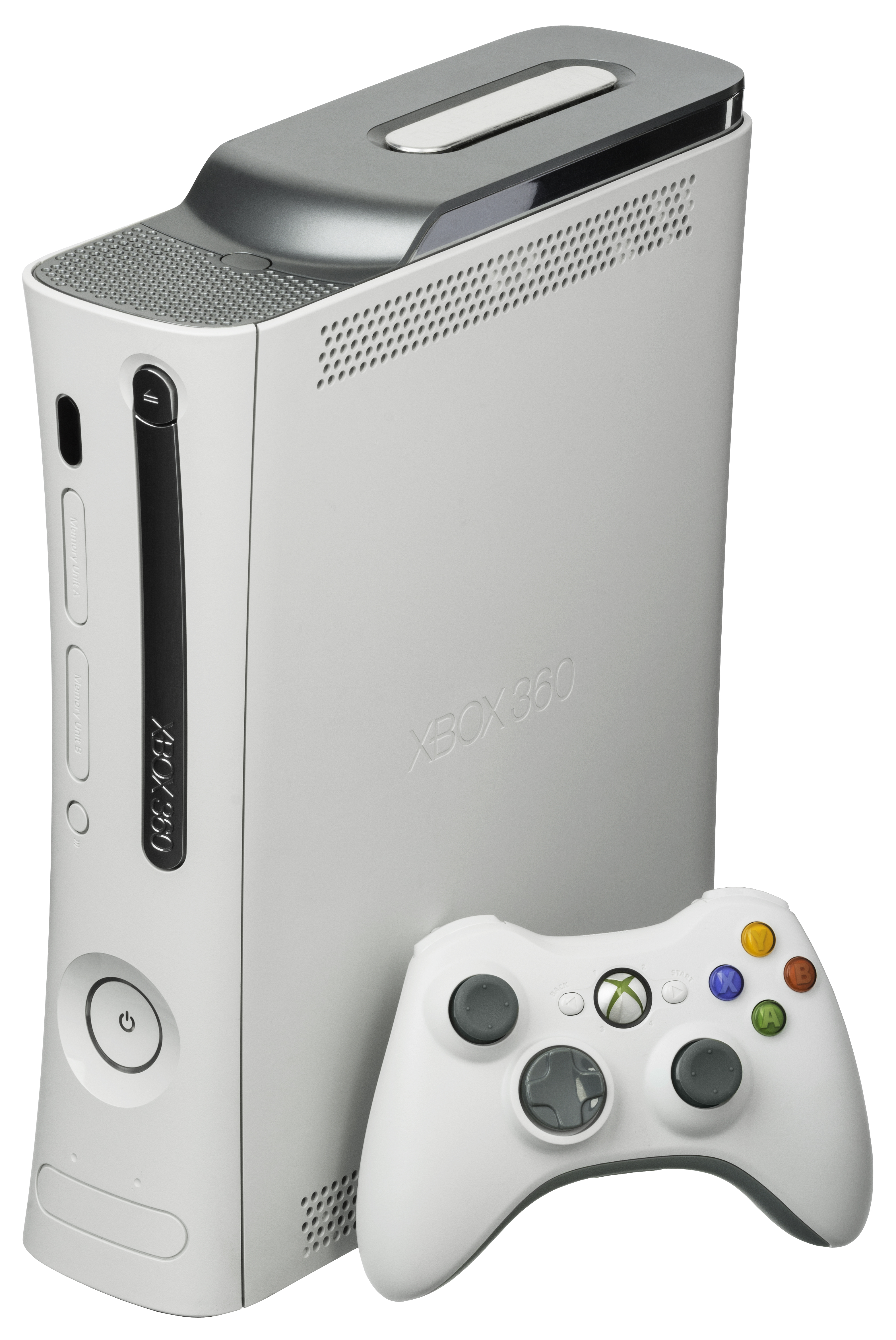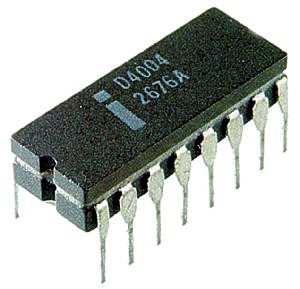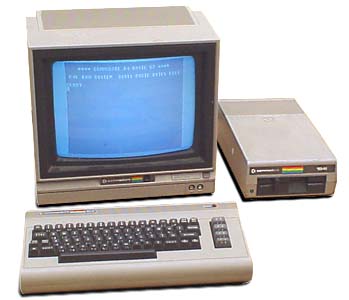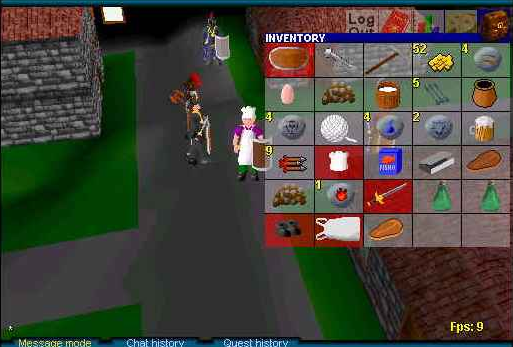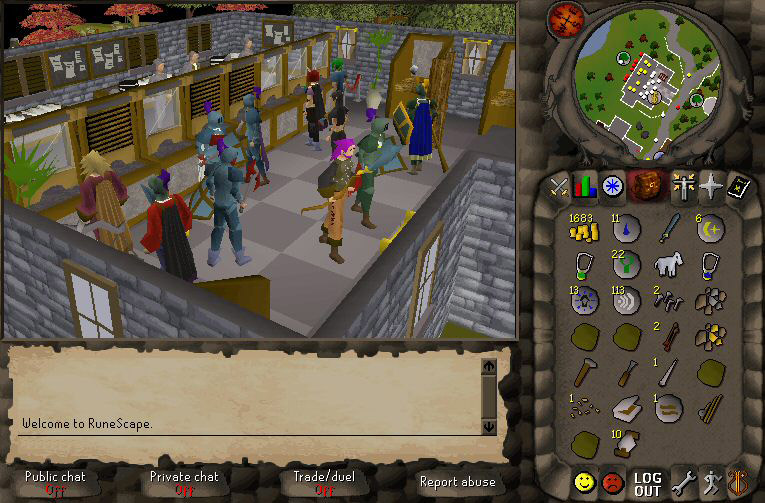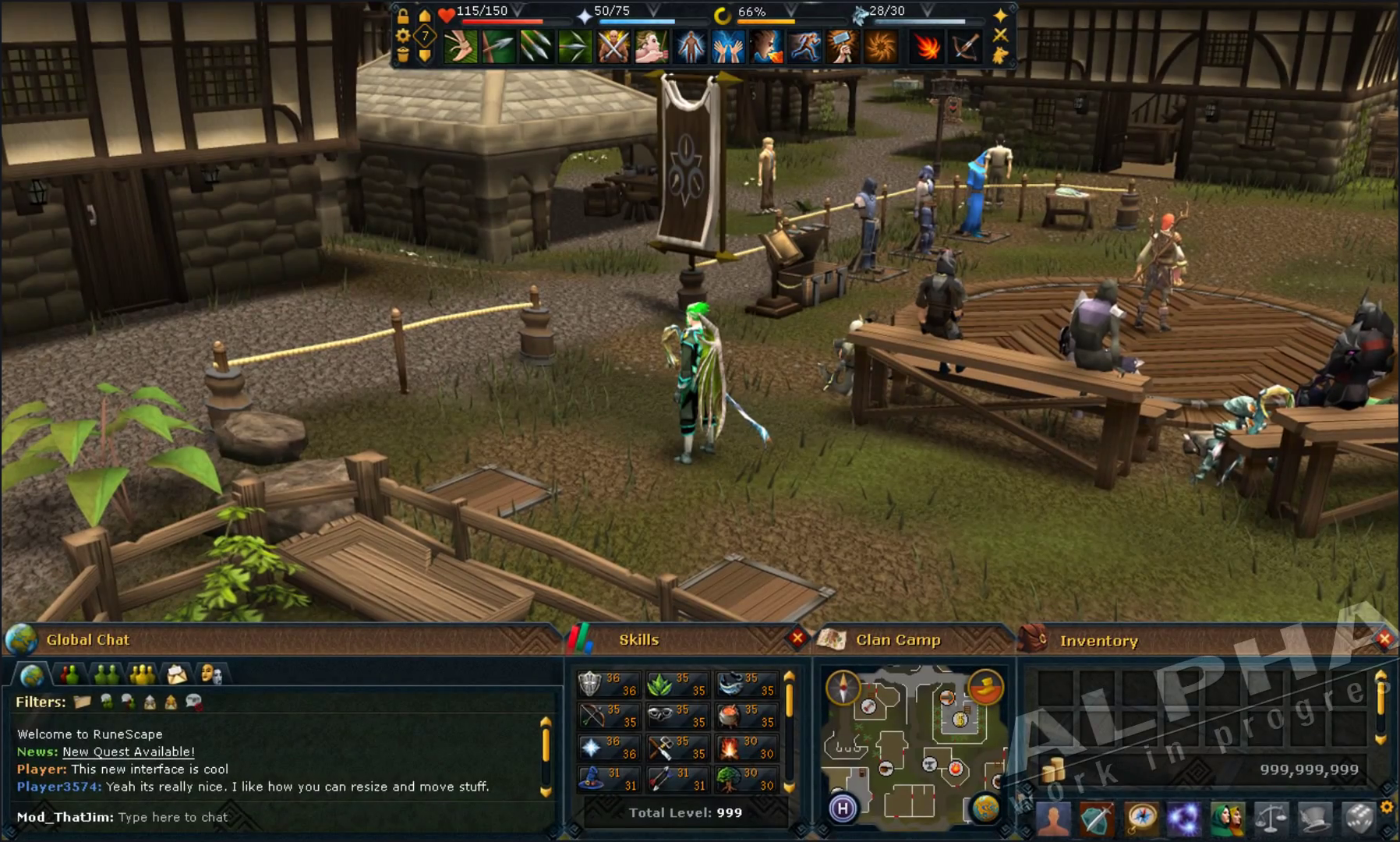 So far in the article, I have used the word 'platform' incredibly often, So I will now explain what this term means. The word 'platform' can be interpreted in many different contexts, but in this article, it is used as a term to describe a specific combination of software and hardware that is vital to allow the running of as video game. So, for example, an original arcade machine will require the exact concoction of physical hardware, along with the very specific software to run on the hardware, for it to be a game platform.
So far in the article, I have used the word 'platform' incredibly often, So I will now explain what this term means. The word 'platform' can be interpreted in many different contexts, but in this article, it is used as a term to describe a specific combination of software and hardware that is vital to allow the running of as video game. So, for example, an original arcade machine will require the exact concoction of physical hardware, along with the very specific software to run on the hardware, for it to be a game platform.
There are three generic variants of games platforms; Consoles, mobile and PC. Each have their own benefits and restrictions, such as mobile platforms are able to be carried around to different places, but lack in power, and how PC systems boast better specifications than consoles.
Ok, now that that is out of the way, I'm going to talk about the history of video games - where they were invented and created, for the first time.
The 1950s - The birth of gaming.
The year 1951 marks a veeeeery important year for gaming. It doesn't necessarily mark the creation of the first video game as such, but it marks the creation of the first video game companies; Nintendo and SEGA.
Nintendo started out as a small playing cards (hanafuda) company, founded by Fusajiro Yamauchi (see above picture). In the year 1951, he changed the name of his company, formerly known as "Marufuku" to "Nintendo". Nintendo grew exponentially as a card game manufacturer, striking deals with companies such as Disney, it then became a toy manufacturer, and then started to specialise in electronic video games.
As I previously mentioned, 1951 was also the year that SEGA was recognized. SEGA started out as a Hawaiian company, called Service Games.Officially, they were conceived in the year 1940, but when the company moved to Tokyo in 1951, they started to release coin-activated machines to American military bases throughout Japan.
People argue whether William 'Willy' Higinbotham made the first video game. in 1958, He created a very simple tennis simulator, to be viewed on an oscilloscope. This 'game' became a huge hit with the laboratory's annual expo.
So, that is a rough outline of why I think the 1950s were important for video gaming, what do you think? would this mark the birth of gaming? It comes down to opinion really...
The 1960s - The birth of the very first interactive game.
 In the year 1961, three developers (Steve Russell, Martin Graetz and Wayne Wiitanen) conceived the idea of a two-player interactive video game, to be called Spacewar. This game was eventually released in February 1962. The first version took approximately 200 hours of work!
In the year 1961, three developers (Steve Russell, Martin Graetz and Wayne Wiitanen) conceived the idea of a two-player interactive video game, to be called Spacewar. This game was eventually released in February 1962. The first version took approximately 200 hours of work!
1970s - Big video gaming boom!
The 1970s can simply be described as the golden age of gaming. Lets start with the year 1972. The year 1972 was a big year for video game inventions. The two main announcements and releases in this year were the Magnavox Odyssey, and Atari's Pong. These were really the biggest first games to be released (in production). With the Magnavox Odyssey being the world's first commercial home console, and Pong being one of the most well-known arcade games of all time, 1972 served to be very important indeed.
In the rest of the 1970s, more and more big titles were churned out from three main companies - Taito, Williams, and Midway. These three compaines entered the game business in 1973. In the year 1978, one of the three big companies - Taito, released possibly one of the most recognized game titles of all time - Space Invaders! In Space Invaders, the aim is to defeat waves of aliens with a laser cannon to earn as many points as possible, making it one of the earliest shooter games. In 1979, Midway also published the title Galaxian.
The year 1977 marked an important year for two games companies:

- Atari released the first home computer system - The atari 2600. This microprocessor-based console also used ROM cartridges.
- Mattel began to produce handheld systems, which was a breakthrough in itself. These included titles such as the Mattel Auto Race.
1980s - The Arcade Era
The 1980s mark the birth of possibly the biggest arcade title to have ever existed. Can you guess it?
I have found an interesting website about Pac-Man, with some quick and interesting facts abount it, follow this link:
Pac-Man truly is the biggest and most important game to have existed, by the year 1982, 400,000 arcade units had been sold, taking in 7 billion coins. This is roughly equal to one coin inserted per human on earth!
The year 1981 marks a date for another mammoth arcade game to be released - Donkey Kong. Donkey Kong is one of the earliest platform games to be made, and it is one of the most popular arcade games to exist.
Here are a few titles from the 1980s that have been huge successes:
- 1981 - Frogger
- 1982 - Q*bert, Pitfall!, Dig Dug
- 1983 - Mario Bros.
- 1985 - Super Mario Bros.
- 1986 - The Legend Of Zelda, Metroid
- 1987 - Mega Man, Final Fantasy, Street Fighter
- 1988 - Super Mario Bros. 2, Super Mario Bros. 3, Mega Man 2
- 1999 - Tetris (Game Boy), SimCity, Prince of Persia
In 1986, Nintendo released the Famicom (family computer) in Japan. Its best-selling game was Super Mario Bros. 2. It used propitiatory floppy discs named 'Disk Cards'. The Famicom sold 4.44 million units.
The year 1983 marks a big year for two companies; Nintendo and Sega. Nintendo released the NES (Nintendo Entertainment System), and Sega released their Master System. With them both being released in the same year, it gave birth to the first major company rivalry.
In 1984, Russian scientist Alexey Paijitnov released Tetris.
In 1988, Sega released another console - the Sega Mega Drive (or Sega Genesis).
 1989 carried a huge launch of the best handheld system to date, the Game Boy. The Game Boy offered incredible build quality, along with the capability to change video game cartridges. Game Boys were often bundled with the game Tetris, which I mentioned earlier.
1989 carried a huge launch of the best handheld system to date, the Game Boy. The Game Boy offered incredible build quality, along with the capability to change video game cartridges. Game Boys were often bundled with the game Tetris, which I mentioned earlier.
Since 1989, the Game Boy has seen many revisions, including the Game Boy (Play it Loud!), the Game Boy Pocket, the Game Boy Light, and finally the Game Boy Colour. through all of these versions, the Game Boy sold 118.69 million units.
The 1990s
In the 1990s, home gaming began to skyrocket in popularity - arcade games began to be ported to home consoles and mobile consoles, rendering arcade games as unnecessary "social gathering" games.
The year 1990 saw the release of the SNES (Super Nintendo Entertainment System). The SNES saw advanced graphics and sound capabilities, compared to their original NES. The main thing to remember about this, is that it still used ROM Cartridges! - Big mistake, as you will see later...
1991 boosted Sega's sale immensely, with their release of a whole new mascot - Sonic the Hedgehog. If this wasn't enough for Sega to boost their sales, they also released a competition-blasting add-on for their Mega Drive - The Sega CD. The Sega CD truly blew all of their competition out of the water, as it allowed the player to use CD as a storage medium for games, this also meant that Sega saved a huge amount of money by producing the discs, and not expensive cartridges as before. It seemed that CDs were really the future of gaming.
 So, Sega was first to release the disc-based console, but sure enough, other companies began to jump on the CD bandwagon, with Atari releasing the Atari Jaguar (with disc add-on) in 1993, and Sony releasing the PlayStation in 1994, as a disc-only based console. in 1994, Sega also released the Saturn, which was also only disc-based, but the PlayStation was much more popular. The PlayStation was discontinued in 2006, but sold 102.49 million units worldwide, making it one of the most successful home consoles of all time! 1994 also saw the introduction of the ESRB (Entertainment Software Rating Board), meaning that video games were age-rated.
So, Sega was first to release the disc-based console, but sure enough, other companies began to jump on the CD bandwagon, with Atari releasing the Atari Jaguar (with disc add-on) in 1993, and Sony releasing the PlayStation in 1994, as a disc-only based console. in 1994, Sega also released the Saturn, which was also only disc-based, but the PlayStation was much more popular. The PlayStation was discontinued in 2006, but sold 102.49 million units worldwide, making it one of the most successful home consoles of all time! 1994 also saw the introduction of the ESRB (Entertainment Software Rating Board), meaning that video games were age-rated.
1996 saw the release of Nintendo's N64 console, which still used cartridges. It didn't sell as well as the PlayStation, only hitting 32.93 million sales, but even still, with these figures, it meant that Nintendo had a decent share of the market.
1996 also saw the release of Bandai's Tamagotchi. The Tamagotchi was a small electronic handheld 'pet' game, that was exceedingly popular among children. Many people that grew up in the 1990s and early 2000s would certainly remember these being popular in schools - as they were very affordable and apparently very fun!
In 1998, Sega released the Dreamcast - boasting again, even better specs - Higher graphics and processing power. Surely Sony can't top it again?
2000s - Bigger specs, bigger industry.
The year 2000 brought the biggest-selling console of all time to thew market. The Sony PlayStation 2. The PS2 has sold over 155 million units - I've even been through three myself! The PS2 had a huge range of games to choose from - almost 4,000! The PS2 used higher-storage DVD discs. So, if the PlayStation 2 dominated the competition so much, what was it against? Let's have a look.
In the year 2001, Nintendo released their GameCube. The GameCube was the first Nintendo console to use optical discs, but did not use standard size discs, but used mini discs, propitiatory to the console.
The original Xbox console was also released in 2001 by console first-timers Microsoft. The Xbox sold more units than the GameCube, but a lot less than the PS2.
So, three consoles in two years, all of similar specs and designs. This created a major company rivalry, between Sony, Microsoft and Nintendo. This all starts to sound very similar to anyone with any modern gaming knowledge.
2004 saw the release of two big handheld consoles - Sony's PSP and Nintendo's DS.
The Big 3 - To date.
So, I mentioned beforehand that Nintendo, Microsoft and Sony were three very big rivals. 2005 saw the release of a truly 'next-gen' console - Microsoft's Xbox 360. In the year 2006, Nintendo's Wii console was released, and Sony's PlayStation 3 was released. Again, three huge rivals were battling it out again for the top position.
Each of the consoles had its benefits and drawbacks:
- The Wii boasted motion controllers, higher tech than both the PS3 and Xbox 360 game-pads.
- But, the Wii had considerably worse graphics, and not even HDMI outputs, it also have very limited multiplayer functionality (enough that its taken me 9 years to figure out it could even connect to the internet!)
- The Xbox and PS3 had very much the same graphics capabilities.
- PS3 offered Blu-Ray disc functionality, whereas the Xbox was still using DVDs.
- The multiplayer was very refined on the Xbox 360, making it a much better experience than the PS3's, but the drawback is that it had a rough £40 per year subscription fee, opposed to the PS3's free online service.
In 2011, higher tech revisions of both the PSP and DS were released - The PS Vita and the 3DS. The 3DS offered three-dimensional technology, which was a huge breakthrough in the industry.
So, that is the previous gen of consoles covered, now for the 'next gen' consoles of recent years!
Here, we go back to the age-old debate of "what's better? Xbox or PlayStation". The years 2012 and 2013 brought around another big generation.
The Nintendo Wii U was released a year before Microsoft and Sony's next gen consoles. Again, Nintendo offered Innovation to the industry, with their game-pads with screens on, but again, sadly lacked in the graphics department.
Both the PS4 and Xbox One was released in 2013, being the biggest two competitors - they both have very similar graphics specifications, but the Xbox One was around £150 more than the PS4 (due to Xbox Kinect Accessory). The Xbox One has typically sold less than the PS4 due to this. So, currently these consoles are described as the 8th generation of consoles. I wonder what the 9th will look like?
http://www.forbes.com/sites/johngaudiosi/2013/06/09/xbox-one-and-playstation-4-could-be-the-end-of-video-game-consoles/


